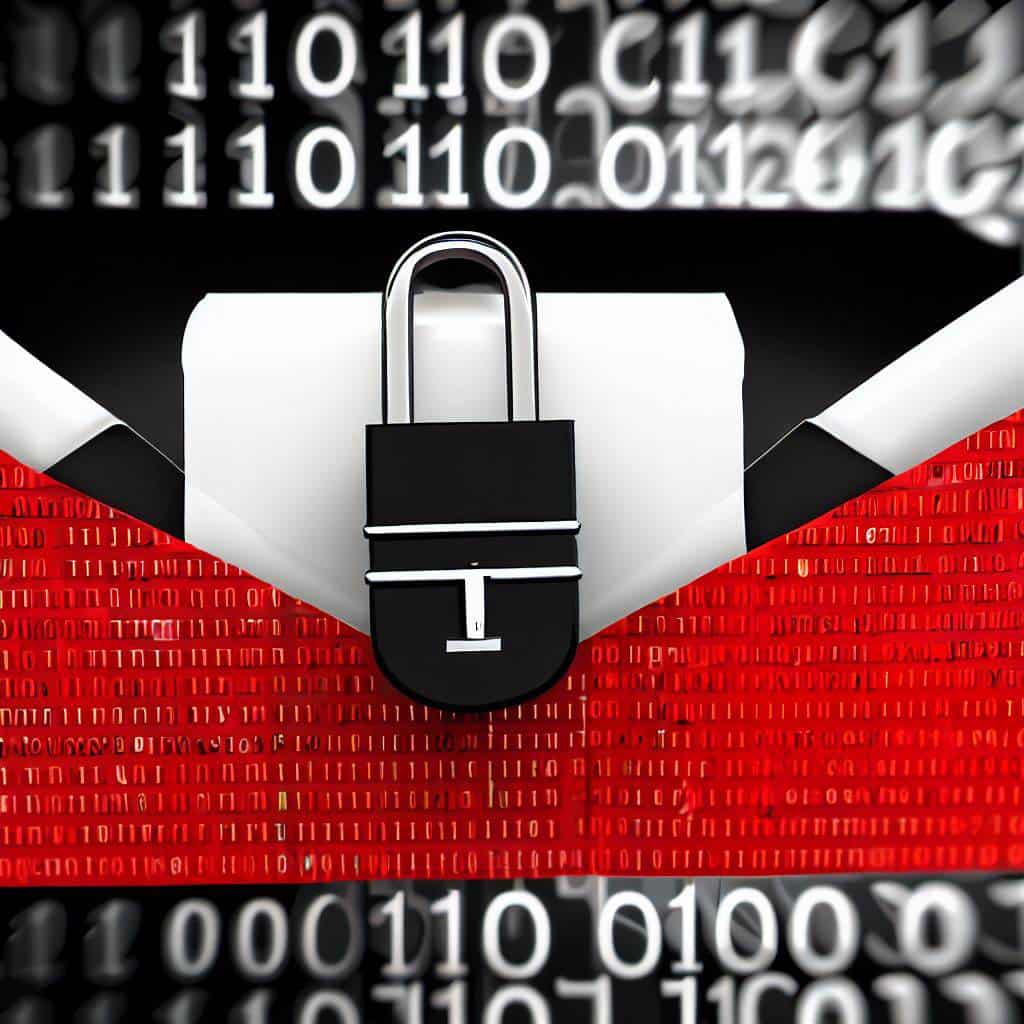Email Security
Email security is essential for protecting sensitive information, preventing unauthorized access, and safeguarding against various email-related threats, such as phishing attacks, malware distribution, and data breaches. Here are some preventative measures you can take to enhance email security:
1. Use Strong Passwords: Choose complex and unique passwords for your email accounts, and avoid using the same password across multiple platforms. Consider using a password manager to securely store and generate strong passwords.
2. Enable Two-Factor Authentication (2FA): Enable 2FA for your email accounts to add an extra layer of security. This requires a second form of verification, such as a code sent to your phone, in addition to your password.
3. Be Cautious with Email Attachments and Links: Exercise caution when opening email attachments or clicking on links, especially if they come from unknown or suspicious sources. Verify the sender’s identity before interacting with any attachments or links.
4. Beware of Phishing Attacks: Be vigilant for phishing emails that attempt to trick you into revealing sensitive information or login credentials. Look for telltale signs of phishing, such as misspellings, generic greetings, urgent requests, and suspicious URLs.
5. Keep Software and Security Patches Updated: Ensure your email client, operating system, and antivirus software are up to date with the latest security patches. Regular updates help fix vulnerabilities that could be exploited by attackers.
6. Use Email Encryption: Consider using email encryption tools or services to encrypt sensitive information within your emails. Encryption ensures that only the intended recipients can access and decipher the content.
7. Implement Spam Filters: Utilize spam filters to automatically identify and divert unsolicited or suspicious emails to your spam folder. This reduces the risk of accidentally opening malicious messages.
8. Train Employees on Email Security Best Practices: Educate your employees about email security risks, phishing techniques, and best practices for safe email usage. Regular training can help create a security-conscious culture within your organization.
9. Regularly Back up Important Emails: Regularly back up critical emails to a secure location. This ensures that even if an email account is compromised or data is lost, you can recover important messages.
10. Use Secure Email Service Providers: Choose reputable email service providers that prioritize security and offer robust features, such as encryption, spam filtering, and advanced authentication methods.
By implementing these preventative measures, you can significantly enhance the security of your email communications and protect yourself and your organization from email-related threats.

